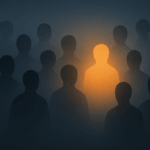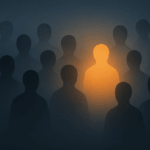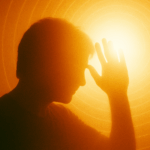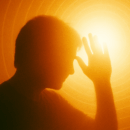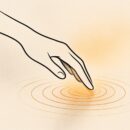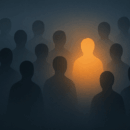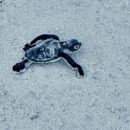We need to act now on Nairobi pollution

What’s the biggest killer in the developing world? Given our propensity to engage in senseless and unending armed conflicts, you might be forgiven for thinking war was the biggest culprit. Not so. If you have been following much-publicised recent global campaigns, you might also think diseases such as malaria and HIV-AIDs are the most lethal killers.
A study done last year by the Global Alliance on Health and Pollution suggested that something else might be causing three times the deaths caused by malaria and fourteen times those caused by HIV/AIDs. That killer is pollution.
Few deaths are recorded as caused by pollution, but it is the invisible killer hovering behind the others: a growing body of scientific evidence is revealing that many deadly illnesses, such as cancers, heart disease, diabetes, obesity, ADHD, autism, Alzheimer’s and depression, may be linked to the ever-increasing amount of toxic chemicals in our bodies.
The culprits are the contaminants we put into our air, soils and waters. The chemicals we dump; the waste we bury in landfills or throw into rivers and oceans or burn in the open air; the emissions of our cars and factories. These things are not delivered by nature; they are the work of men – often greedy, selfish or ignorant men.
Whenever I return to Nairobi after an episode of travel, I notice something immediately: a rasp in the throat; itchiness in the eyes; headaches caused by sinus inflammation. Look out over the wide expanse of this city early in the morning, and you are likely to notice an ominous, unnatural haze.
A study came out last month, done by the University of Nairobi’s Institute of Nuclear Science and Technology, in partnership with Gothenburg University in Sweden and Columbia University’s Earth Institute. It suggested that the amount of carcinogens in Nairobi’s air may be many more times than the safe threshold suggested by the World Health Organization (WHO).
The study came and went without a murmur. I did not see it discussed in the media, on digital social platforms, or in policy-making circles. We seem to think that what we don’t see won’t kill us. Except it will.
Let’s traverse the ocean briefly. The grand old Indian city of Delhi is now thought to be one of the worst public health disasters in the world. A recent study by one of the country’s leading cancer institutes showing that nearly half of the city’s 4.4 million schoolchildren may have irreversible lung damage from the poisonous air – because youngsters are the most vulnerable to pollution.
Delhi is now amongst the most polluted, unsanitary and bacterially unsafe cities on earth — with air more than twice as polluted as Beijing’s, according to the WHO.
And yet Delhi was nowhere near this bad only a few years back. It has allowed this catastrophe to happen.
Back to our own city. I am no scientist, but my suspicion falls on the sheer volume of unchecked vehicles permitted to pump exhaust gases into our air every year; on the huge number of unregulated building projects; on the crazy dumping and burning of waste; and on the rapid evisceration of Nairobi’s tree cover.
You can’t mess with nature indefinitely. All those contaminants we are throwing into our water and soil and air will come back to haunt us.
Here’s the thing about pollution: it can be contained and reversed; indeed, most developed nations only introduced stringent safeguards after experiencing their own public health crises. But who will do this? Our insane free-for-all system of laissez-faire rules here: people build, drive, dump, and burn as they please.
Take a look at your child over there. If there was a killer lurking, you would rush to protect the little one. But a killer is lurking. It’s just not visible. We still have time to stop the coming scourge. But not much.

Buy Sunny Bindra's new book
The X in CX
here »
Popular Posts
- You are who you hang out withSeptember 28, 2025
- Why your mother was right about your anxietyOctober 12, 2025
- The balance sheet that mattersOctober 5, 2025
- Use AI, but don’t lose youOctober 19, 2025
- Born knowing the waySeptember 21, 2025


